Indoor growing systems offer a range of exciting options that allow you to grow hydroponically, using water rather than soil or another soil-like growing medium. Some use these indoor grow systems to cultivate their own food at home. Others use them to grow pretty flowers for arrangements or display. Why not do both?
Below, we have come up with a list of great flowers for your indoor growing system that are both beautiful and edible. You will also find tips to help you successfully grow these plants hydroponically indoors.
The Best 10 edible flowers for indoor growing system
1. Calendula
Also known as pot marigold, calendula is a cheerful flower easy even for beginners to incorporate into a hydroponic or aquaponic system at home, as long as sufficient lighting (natural or artificial) is provided.

These relatively compact plants can work within a nutrient film technique indoor growing system, in media beds, or dutch buckets, or in a deep water culture setup, and so are a versatile choice that can work in many settings.
Temperatures for calendula should ideally be between 18 and 24 degrees at day, slightly cooler during the night. The plant thrives with a moderate humidity of around 40-50%. When it comes to the nutrient solution, aim for a balanced solution with a pH between 6 and 7.
Sow seeds into a hydroponic growing medium and transfer to the indoors growing system you have implemented once the seedlings have their first few true leaves.
Calendula not only look pretty. The leaves can be eaten raw, and fresh petals too, which are often added to salads. Petals can also be dried and used as seasoning, since they have a more concentrated flavour and their natural colour makes them a saffron substitute.
2. Carnations
Though not, perhaps, quite as easy an option as the above, carnations can also be grown hydroponically indoors where sufficient light is available. (At least 12-16 hrs of light per day. Grow lights should be tailored to provide a spectrum suited to flowering plants.)

The best option is to grow within a recirculating deep-water-culture or drip system so that constant nutrient delivery and root oxygenation can be provided. Support or trellising may be beneficial to produce upright stalks with some, especially taller, varieties. Maintain temperatures around 15-21 degrees during daytime and a little cooler after dark and, as above, maintain humidity at around 40-50% for best results. Carnations do best with a slightly acidic nutrient solution, with a pH of 6 to 6.5. Carnation petals are all edible and have a slightly spicy, clove-like flavour. These can be sprinkled in salads or used as a garnish for a range of dishes.
3. Celosia
Celosia can be grown in several different types of hydroponic system, but are perhaps best suited to either a drip system or deep water culture system.
With the former, it will be important to make sure that plants are provided with the right amount of water by the system, and with the latter proper aeration is essential to avoid issues with root rot.
As with most other flowers grown hydroponically in an indoor growing system, providing enough light is essential. Celosia ideally needs 12-16 hours of light per day for optimal growth and flowering.

Celosia is a tropical plant that needs higher temperatures than many of the other plants on this list. Ideally, temperatures of 21-27 degrees should be maintained during daylight hours. Humidity of between 50 and 60% should be maintained. Your nutrient solution should have a pH of between 5.8 and 6.5 for the optimal uptake of nutrients.
Celosia not only has vibrant and beautiful flowers, its leaves are also a vegetable crop. The leaves and tender stems are boiled or steamed and used in a wide range of recipes and the flowers themselves can also be eaten and are often used as a garnish.
4. Chamomile
Along with many other culinary and medicinal herbs, chamomile can be well-suited to indoors growing systems including hydroponic or aquaponic ones. Grow it alongside other herbs and flowers in a deep water culture or nutrient film technique system.

This flowering herb is one of the easier to grow as it tolerates lower light conditions than some others. But remember, though it can tolerate partial shade, chamomile still needs at least 6-8 hours of daylight or full-spectrum LED lighting each day.
Provide daytime temperatures of between 15 and 21 degrees C. and humidity of 50-60% for best results. The nutrient solution should be slightly acidic with a pH of between 6 and 6.8. nutrient levels should be monitored closely to avoid issues with deficiencies that could easily creep in.
Chamomile flowers are frequently used in herbal medicine and are used to make a relaxing tea. They are also sometimes used for flavouring in recipes.
5. Chives
Chives are another flowering herb that can be slightly more tolerant of reduced light levels when grown indoors. But again, these plants will need sunlight or full-spectrum LED lighting 6-8 hours a day.

Chives are a particularly good option for a range of settings, even when space is severely limited. You can grow chives in a compact system like a vertical tower or simple nutrient film technique system in even the smallest of spaces.
For the best possible results, provide daytime temperatures between 15 and 21 degrees C., humidity of 40-50%, and a nutrient solution formulated for herbs or leafy greens with a pH of 6-6.5.
Chives are of course a common culinary herb with a range of uses. The flowers are attractive and these are also edible and can be used in several different ways as well as being enjoyed for their visual appeal.
6. Daylilies
If you are looking for a more unusual option, daylilies might also be grown hydroponically, though they are much larger than other options on this list, and have extensive root systems.
A modified deep water culture system is likely to be one of the best options, with a large reservoir, or a floating raft system, or you might consider a wicking bed incorporated into a hydroponic or aquaponic system. In any hydroponic system, aeration is very important to ensure well-oxygenated roots.

Whichever indoor growing system you implement, maintain daytime temperatures of between 18 and 24 degrees, and humidity levels of 40-60% for best results, and make sure that you use a balanced nutrient solution tailored to meet the requirements of these flowering plants.
Start daylily plants from rhizomes or divisions. Plant them in a suitable hydroponic medium such as expanded clay pellets or coconut coir or into the holes in the floating rafts, ensuring the roots are submerged in the nutrient solution while the crown of the plant remains above the surface.
The flowers are edible and taste somewhat like green beans. They can be cooked at various stages, or added to salads as a very decorative and impressive addition when fully open. Young shoots and young leaves offer other options for edible yields.
7. Marigolds
Marigolds (members of the Tagetes genus) are excellent options for a range of hydroponic and sustainable aquaponics systems. Beginners will find them a relatively forgiving option that can be placed into a number of different systems but will find that they do particularly well in a nutrient film technique system.

For best results, make sure the plants get at least 6-8 hours or direct sunlight or sufficient and suitable LED lighting to mimic these natural conditions, temperatures of 21-27 degrees in the daytime, humidity of 50-60%, and a balanced hydroponic nutrient solution with a pH of 6-6.5.
The flowers and leaves of marigolds are sometimes used as food flavourings and for colouring foods as a saffron substitute, as well as being an attractive sight within your home.
8. Nasturtiums
Nasturtiums are another very useful flower to grow indoors for visual appeal and edible uses. Select a system suitable for trailing plants with shallow root systems, such as a nutrient film technique or a shallow raft system. Ensure the system provides adequate support for the trailing vines.

Provide at least 6-8 hours of direct sunlight or high-quality LED lighting per day for best results, and maintain daytime temperatures of 15-21 degrees C. and humidity of 50-60%. Provide a balanced nutrient solution suited to flowering plants, with a pH of 6-6.5.
Flowers and leaves are both great, peppery additions to a salad bowl. These are prolific plants that grow quickly and can provide quite a large yield even in smaller indoor spaces.
9. Pansies/ Viola
Like other shallow-rooted plants, pansies can be a good choice for a nutrient film technique or shallow raft system. These are another good choice for smaller systems indoors, since they are compact and will not take up much space. You can grow them year-round hydroponically in an indoors growing system.

Pansies can tolerate somewhat lower light conditions, but will do best when provided with 6-8 hours of direct sun or good-quality LED lighting each day. Optimal daytime temperatures are 15-21 degrees C. and humidity should ideally be between 40 and 60% to prevent certain fungal issues from taking hold.
Provide a nutrient solution suited to flowering plants with a pH of 6-6.5. Enjoy edible flowers in salads alongside your other hydroponic crops throughout the year.
10. Zinnias
Last but not least, zinnias are another good option to consider for indoors hydroponic growing for beginners. They can be well-suited to simple vertical tower or nutrient film technique systems and grow relatively quickly, giving quick results.

Nutrient film technique systems are well-suited for flowering plants like zinnias because they provide optimal conditions for blooming, including consistent nutrient delivery and oxygenation of the roots.
Provide sunlight or other suitable lighting for at least 6-8 hours per day, temperatures of 21-27 degrees C. and humidity of between 40 and 60%, and a balanced nutrient solution for flowering plants with a pH of 6 to 6.5 for best results.
Zinnias provide a hint of bitterness that can work well when the flowers are used in moderation in salads or as a garnish, as well as looking good in growth and making good cut flowers for your home.
Other Edible Flowers to Grow Hydroponically Indoors
Though they did not make it onto our top ten list, because they can be more challenging to grow successfully in such a system, these other edible flowers can also potentially be grown hydroponically indoors in the right system:
- Basil
- Cornflowers
- Dahlias
- Dill
- Gladiolus
- Hibiscus
- Lavender
- Mints
- Oregano
- Peonies
- Rosemary
- Roses
- Sage
- Sunflowers
- Thyme
If you find the right systems, you can grow pretty much all the flowers that you could grow in a soil or potting medium based growing system indoors in a hydroponic or aquaponic system as well.
Why Grow Edible Flowers in Hydroponic Indoor Growing Systems?
Edible flowers grown hydroponically indoors can be aesthetically pleasing and add a decorative touch to dishes. They come in various vibrant colours and shapes, enhancing the visual appeal of culinary creations.
Hydroponic systems allow for the cultivation of a wide variety of edible flowers, including those that may be challenging to grow in certain climates or soil conditions. This opens up opportunities to experiment with unique flavours, colours, and textures. With the ability to precisely control nutrients, hydroponic systems also allow us to grow healthier, high-quality plants.
You can grow the flowers you wish to grow year-round, ensuring that you have a supply throughout the year. What is more, you can do so organically, with fewer pest issues, with less water and less space than when growing conventionally in soil or other similar growing media.
How to grow edible flowers hydroponically indoors?
- Start by selecting a suitable hydroponic system and growing medium.
- Plant the edible flower seeds or seedlings into a suitable substrate such as extruded clay pebbles, coconut coir for example.
- Provide adequate light, maintain optimal nutrient levels, and monitor water pH and temperature to make sure your plants remain in optimal health.
Please pay attention to the basics when growing edible flowers in your hydroponic indoors growing system and you should be able to enjoy beauty and food from your indoor garden all year round.
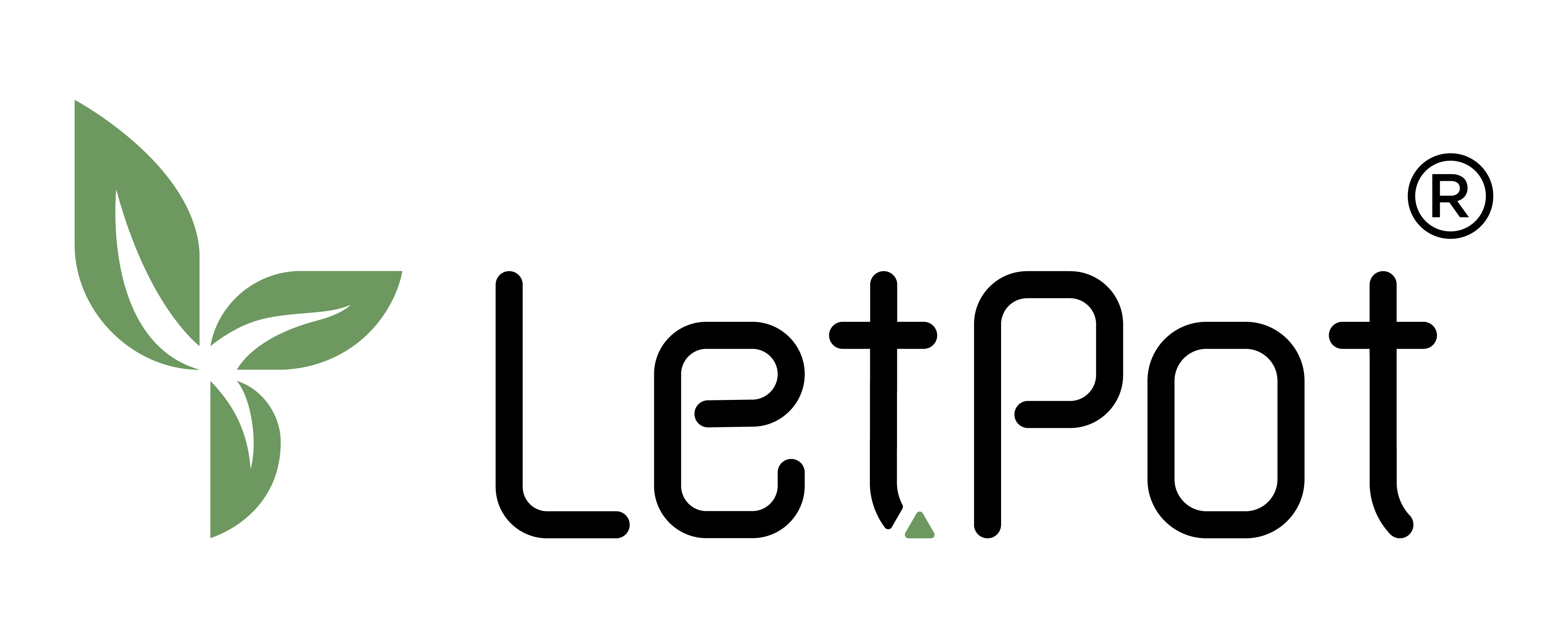

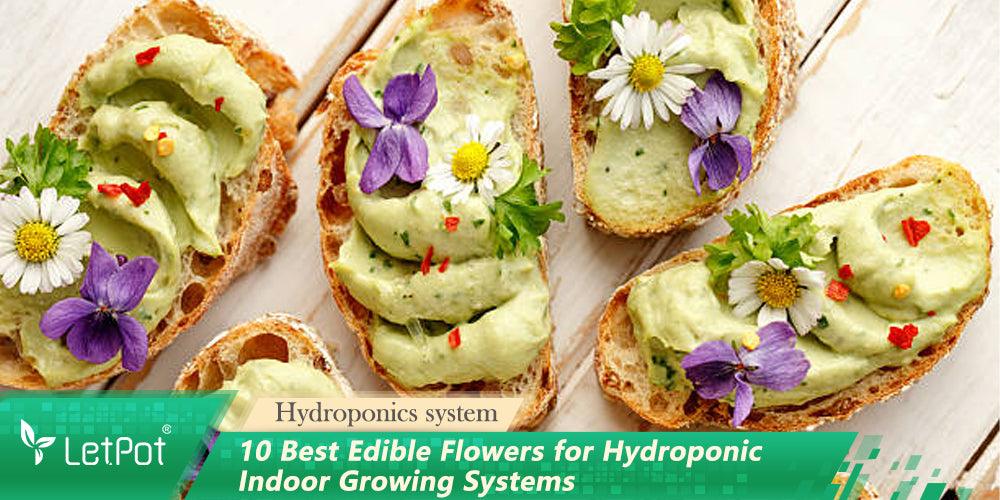
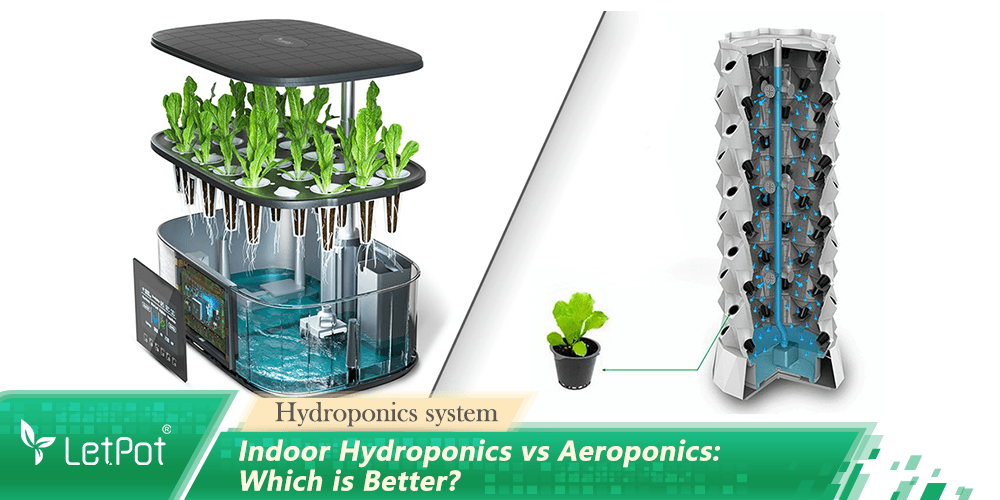
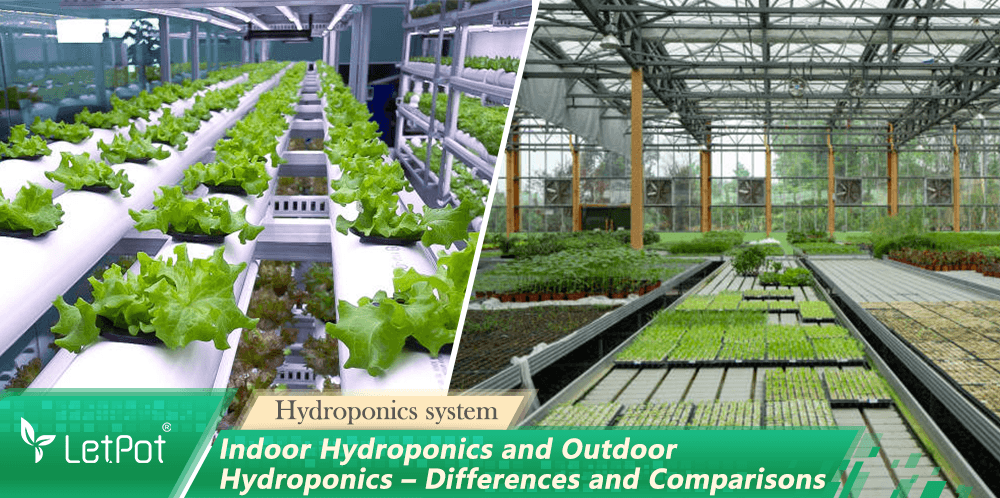
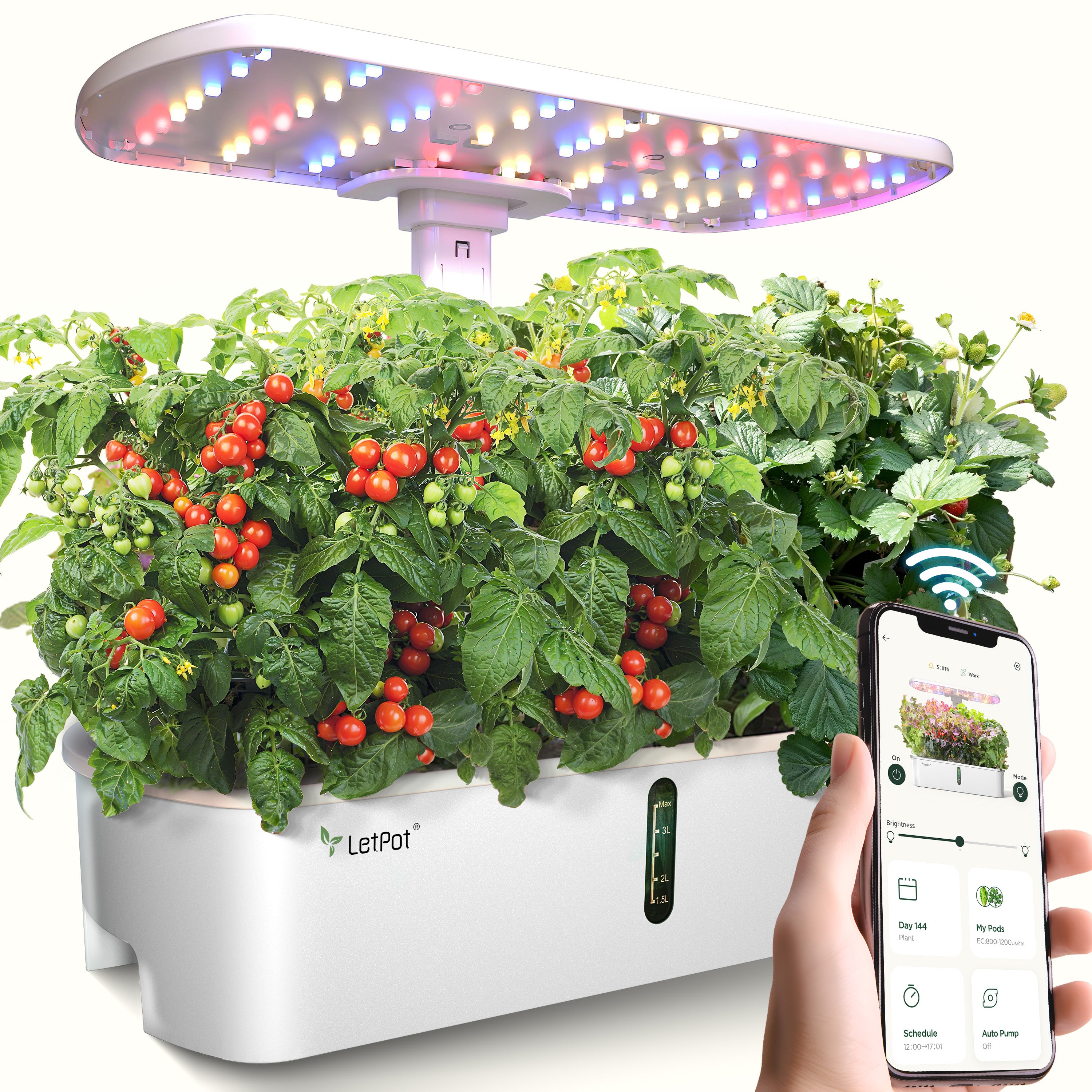
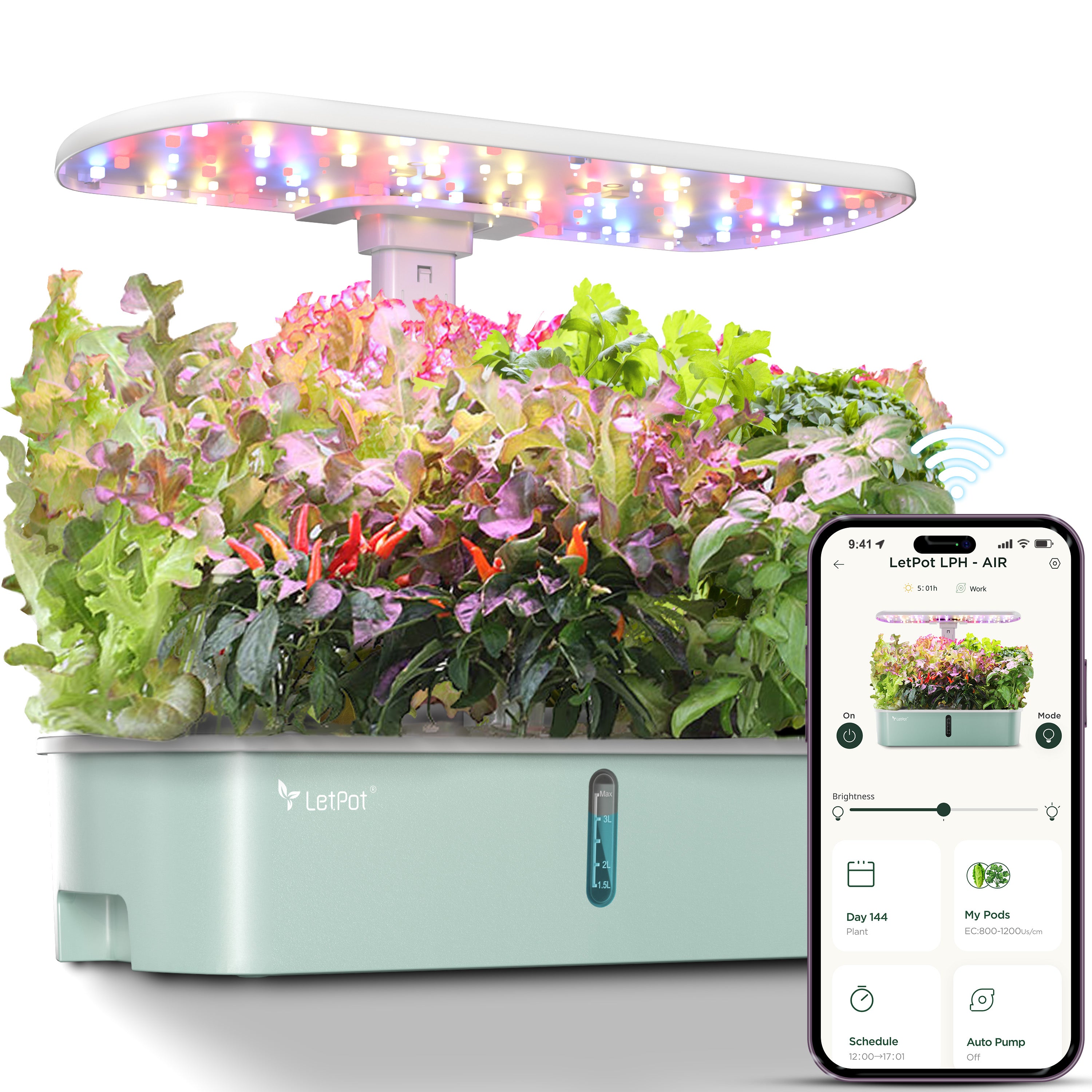
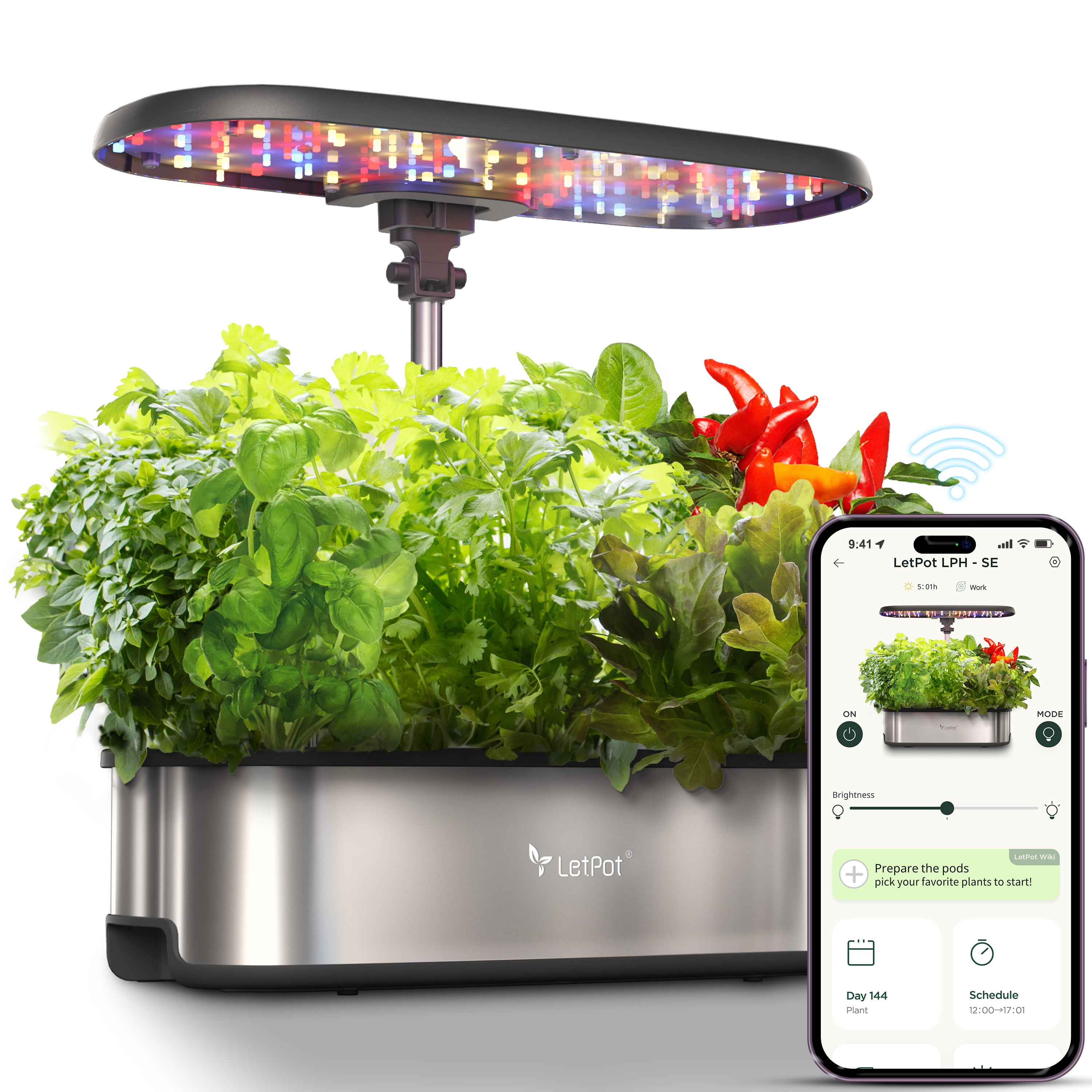
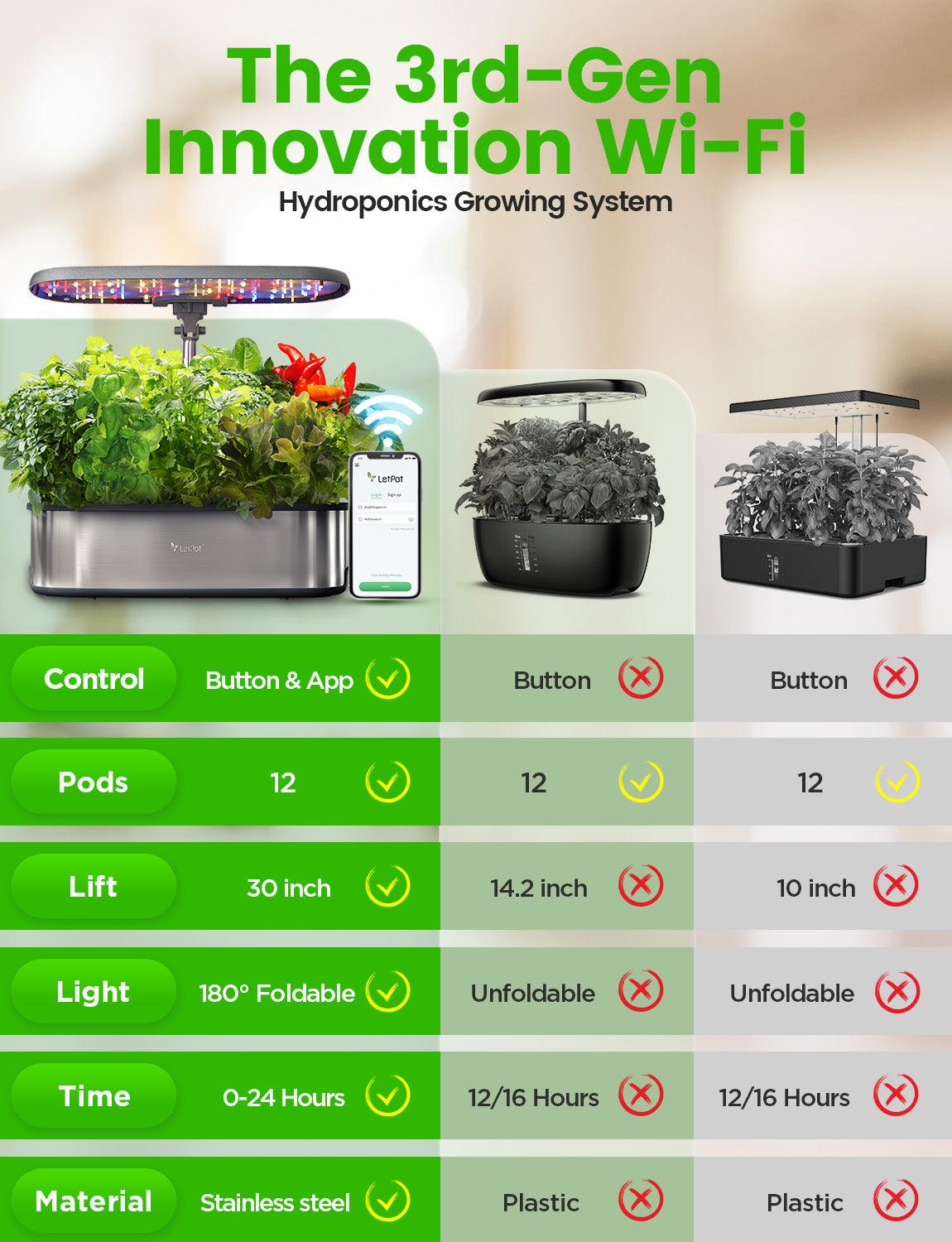
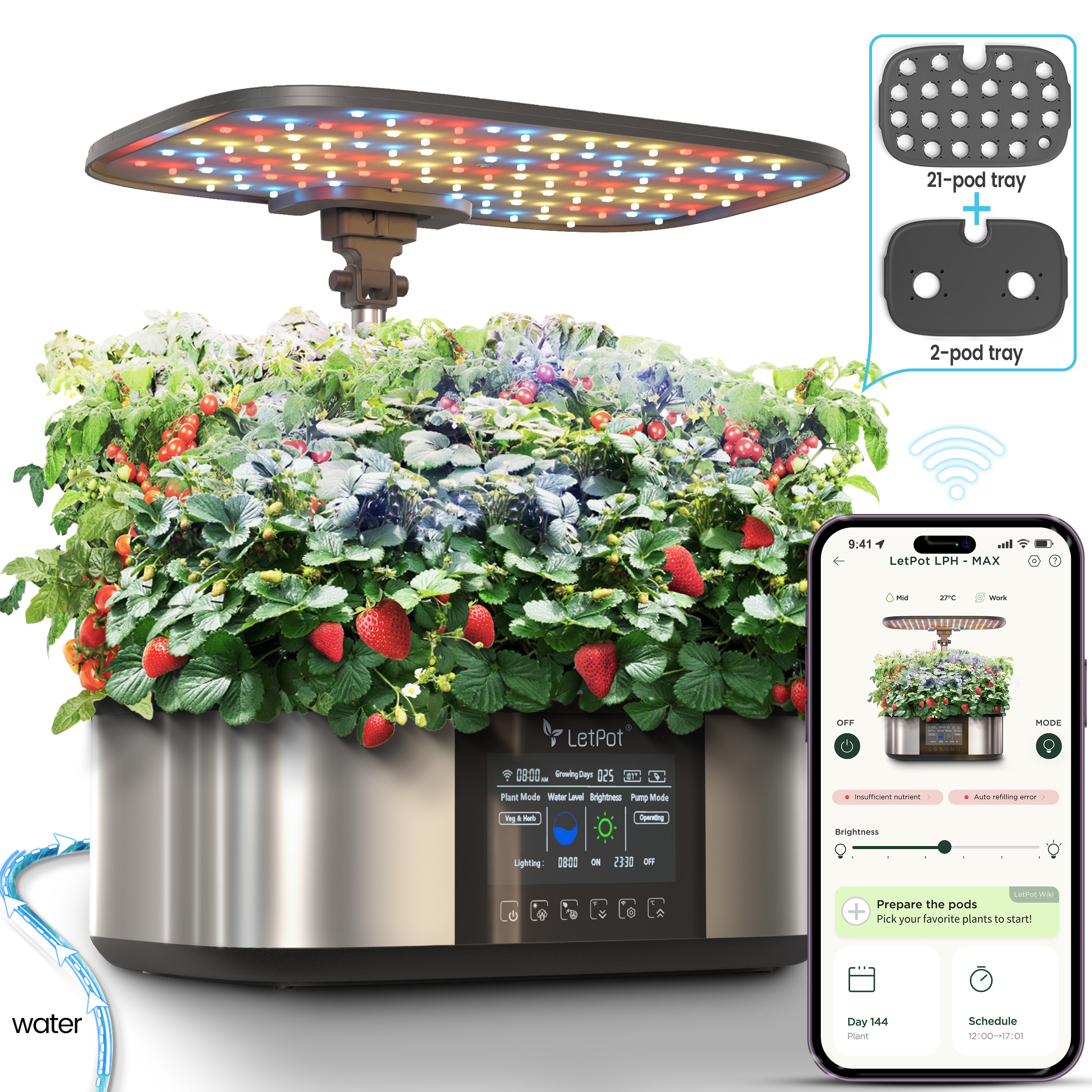
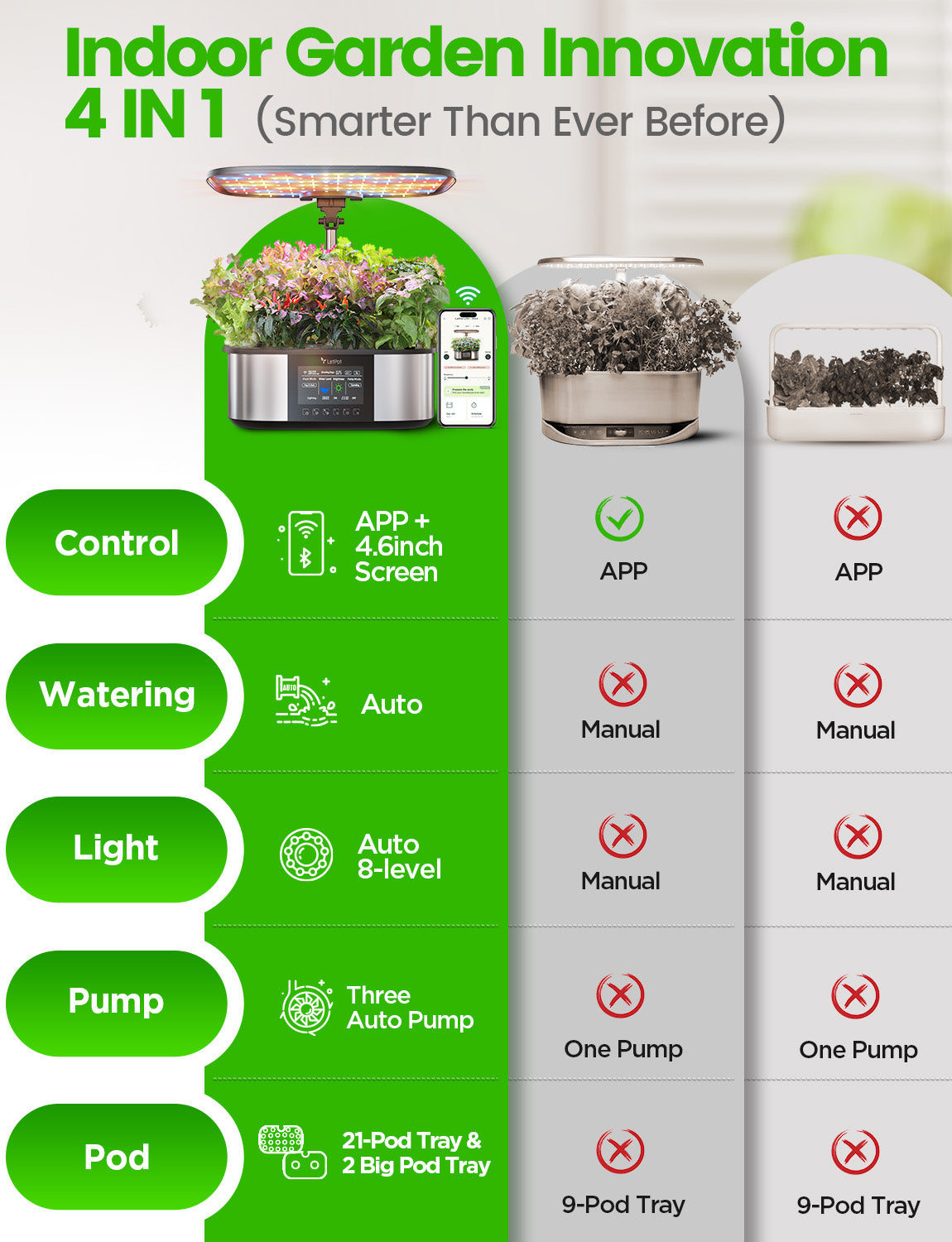
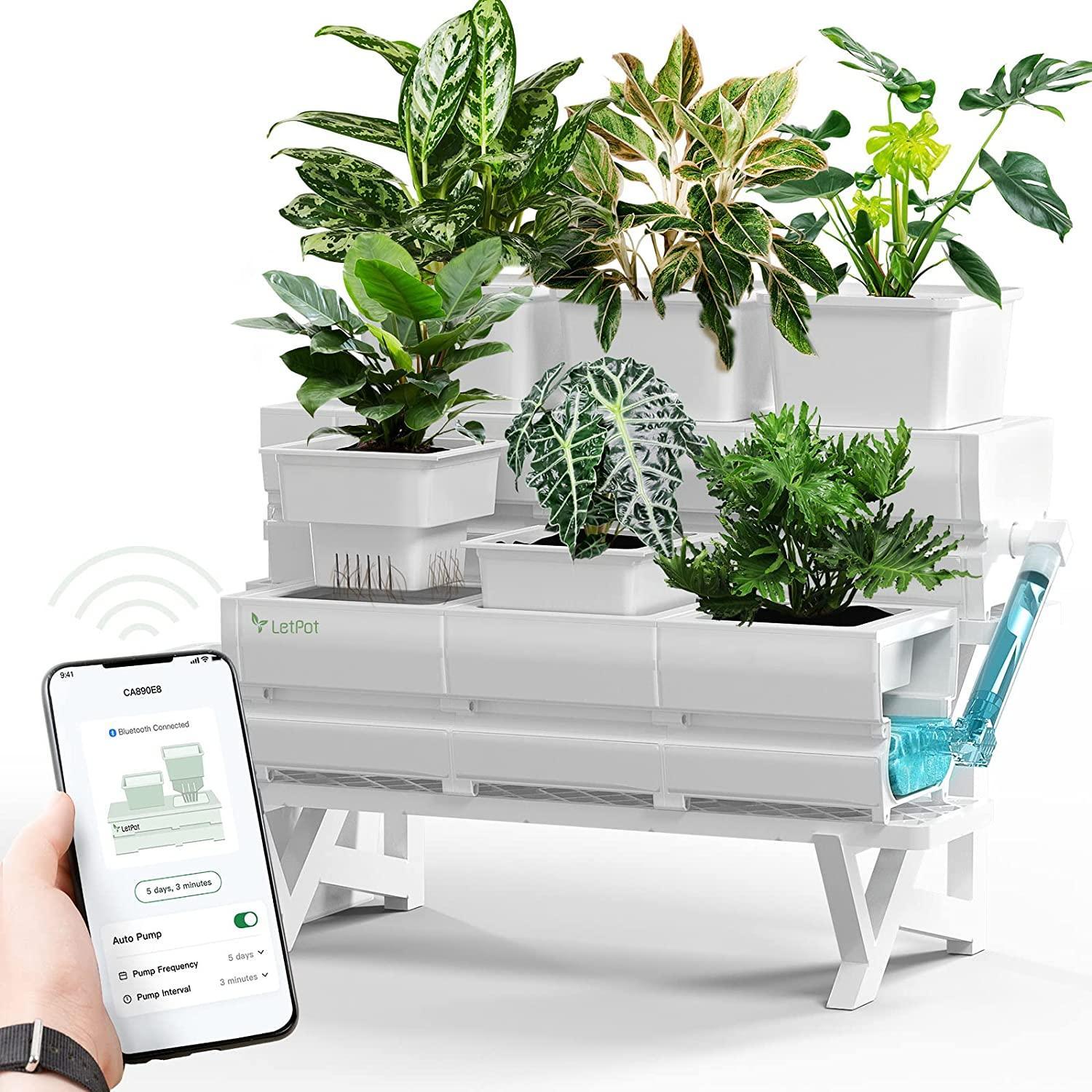
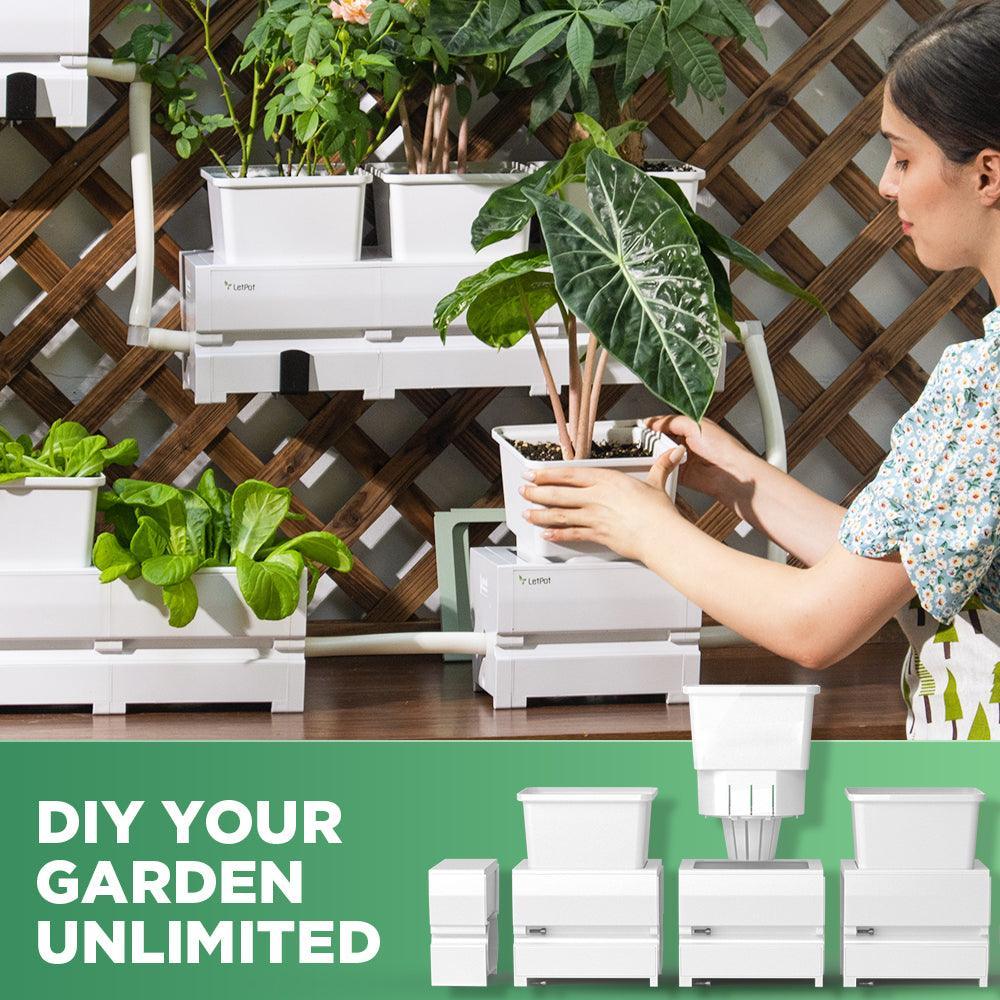
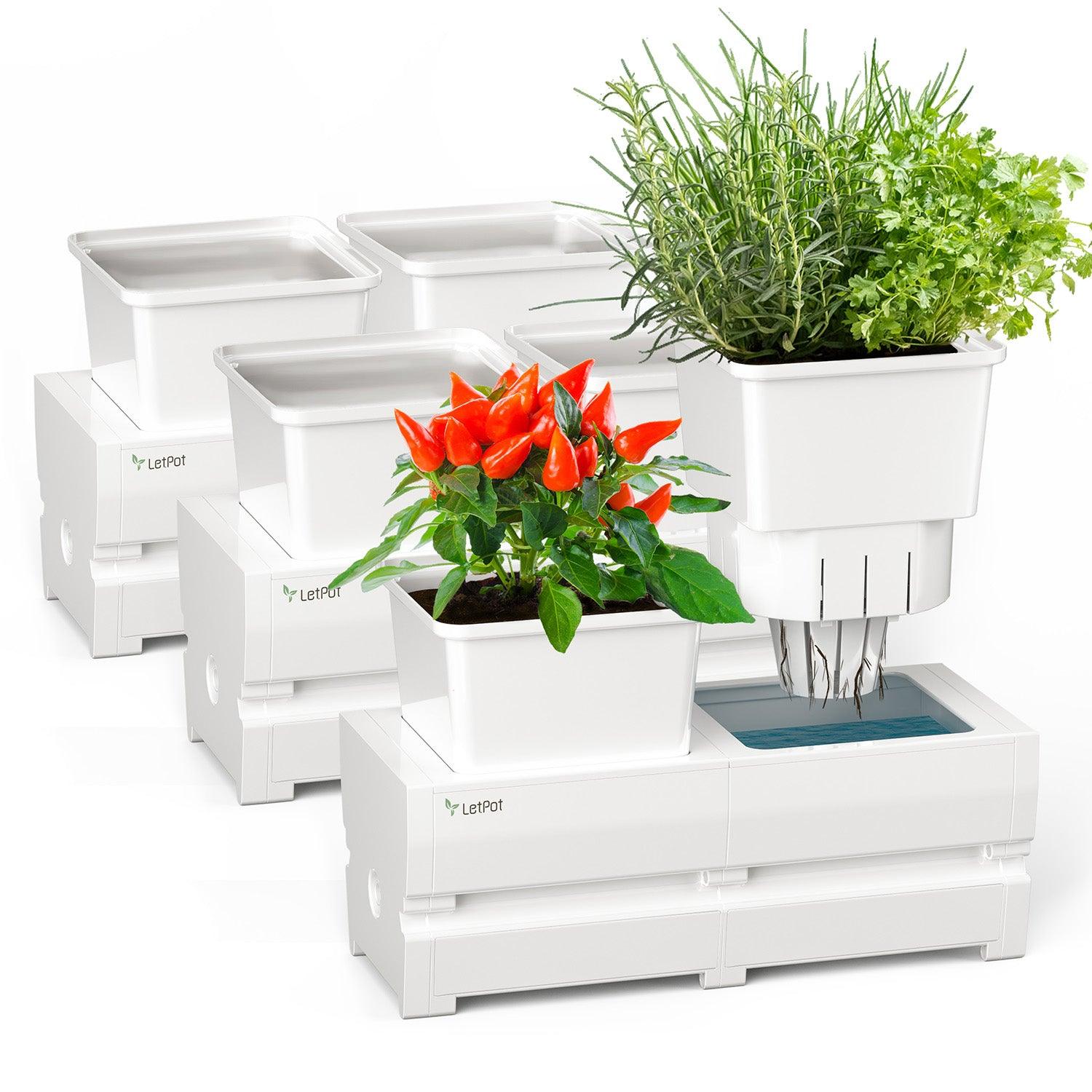


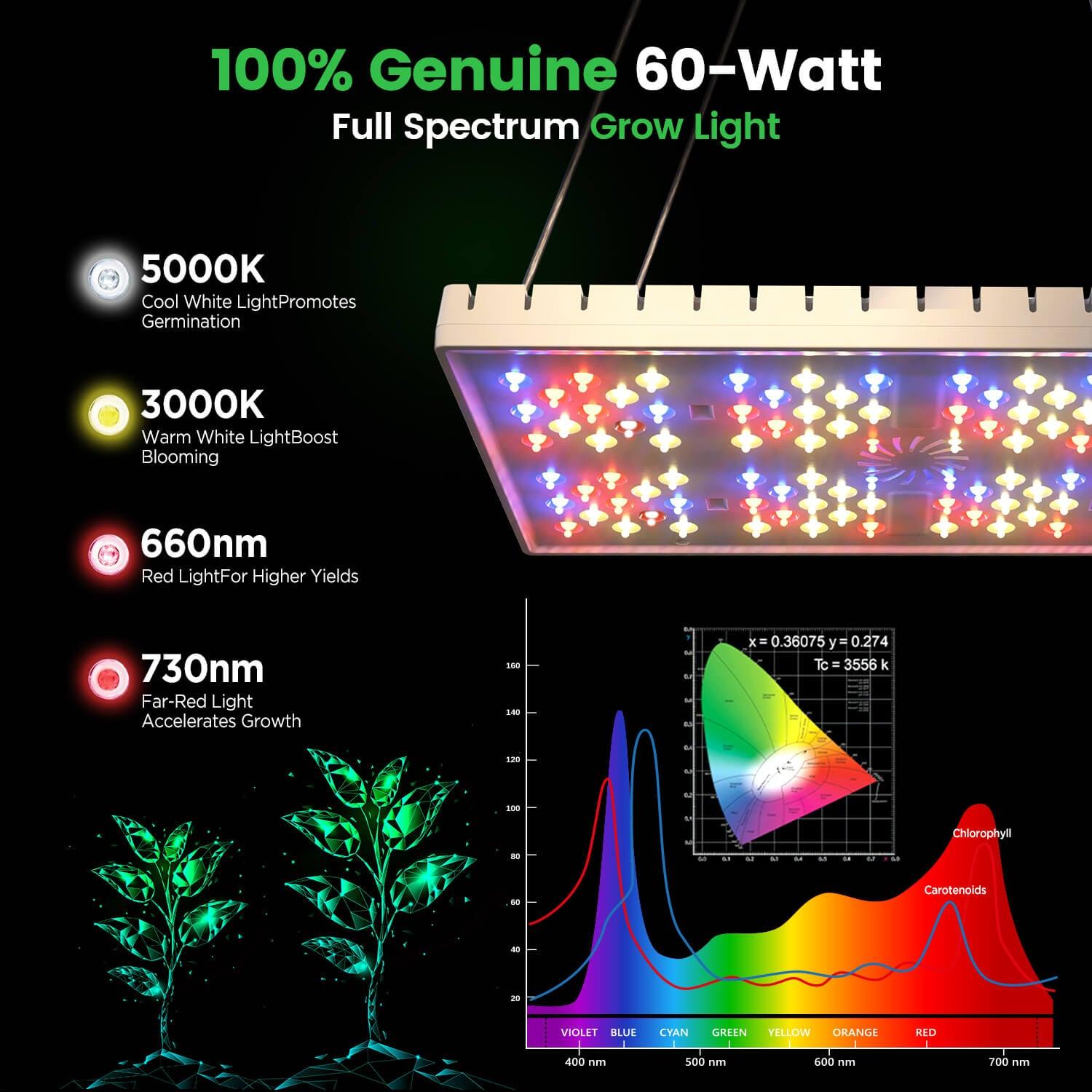
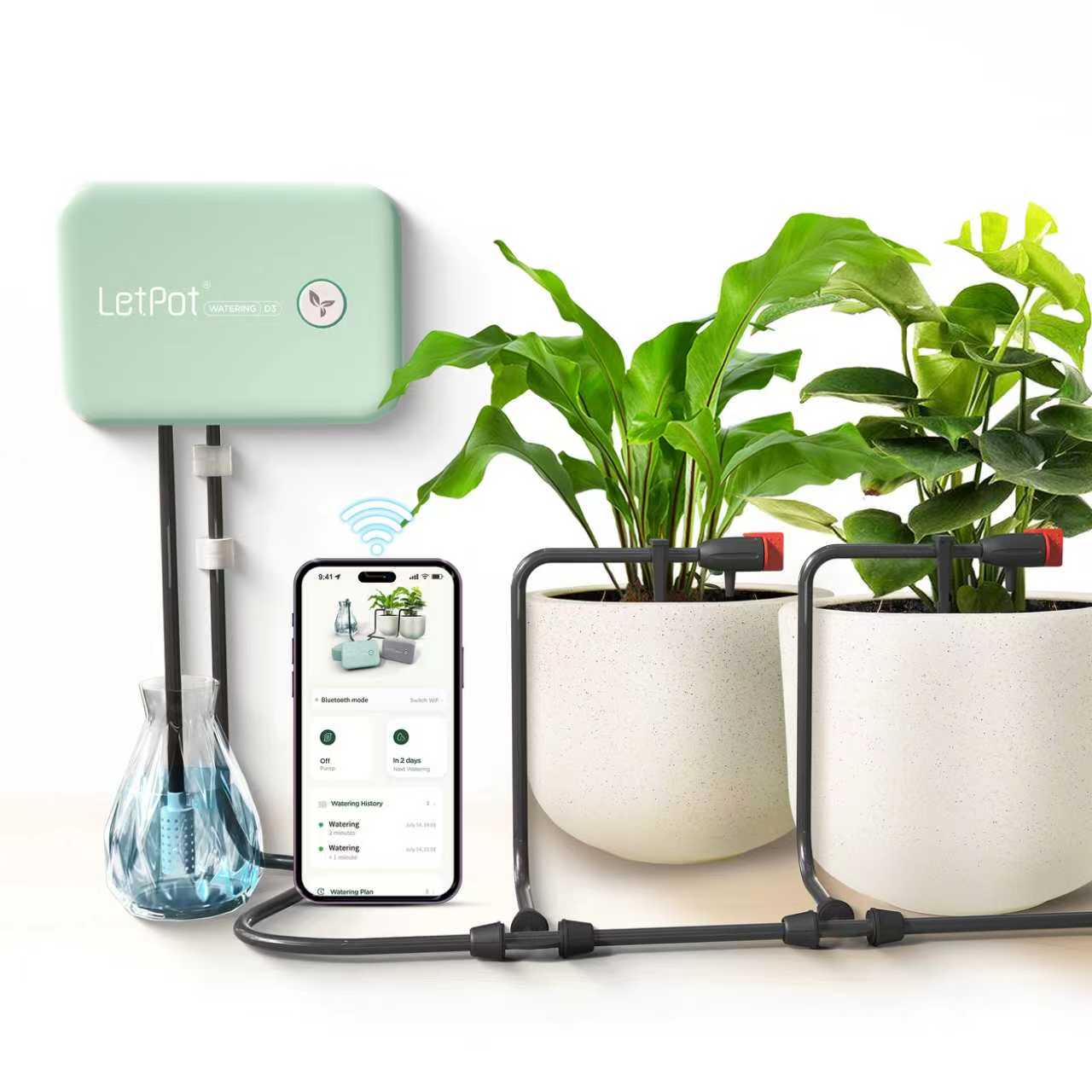

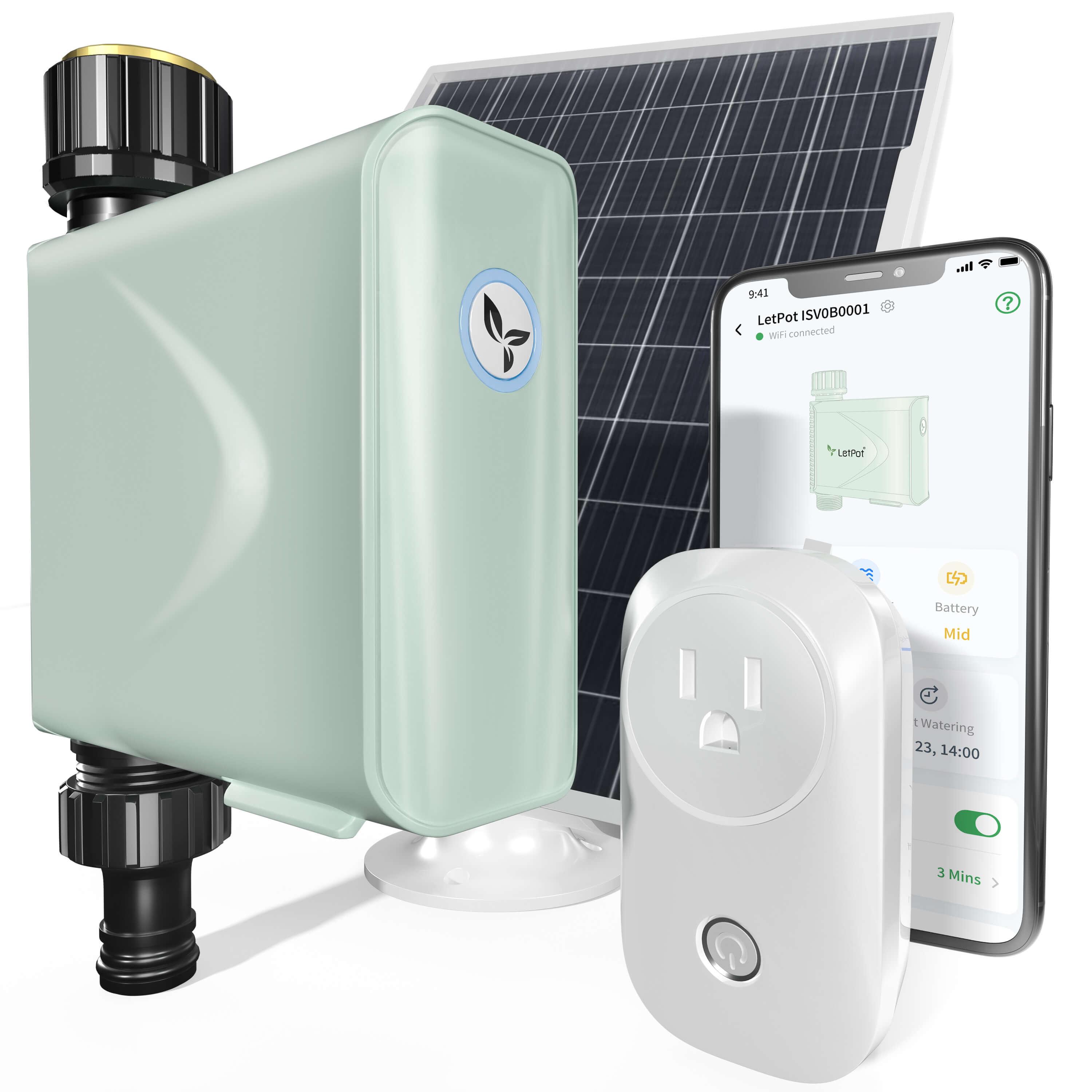
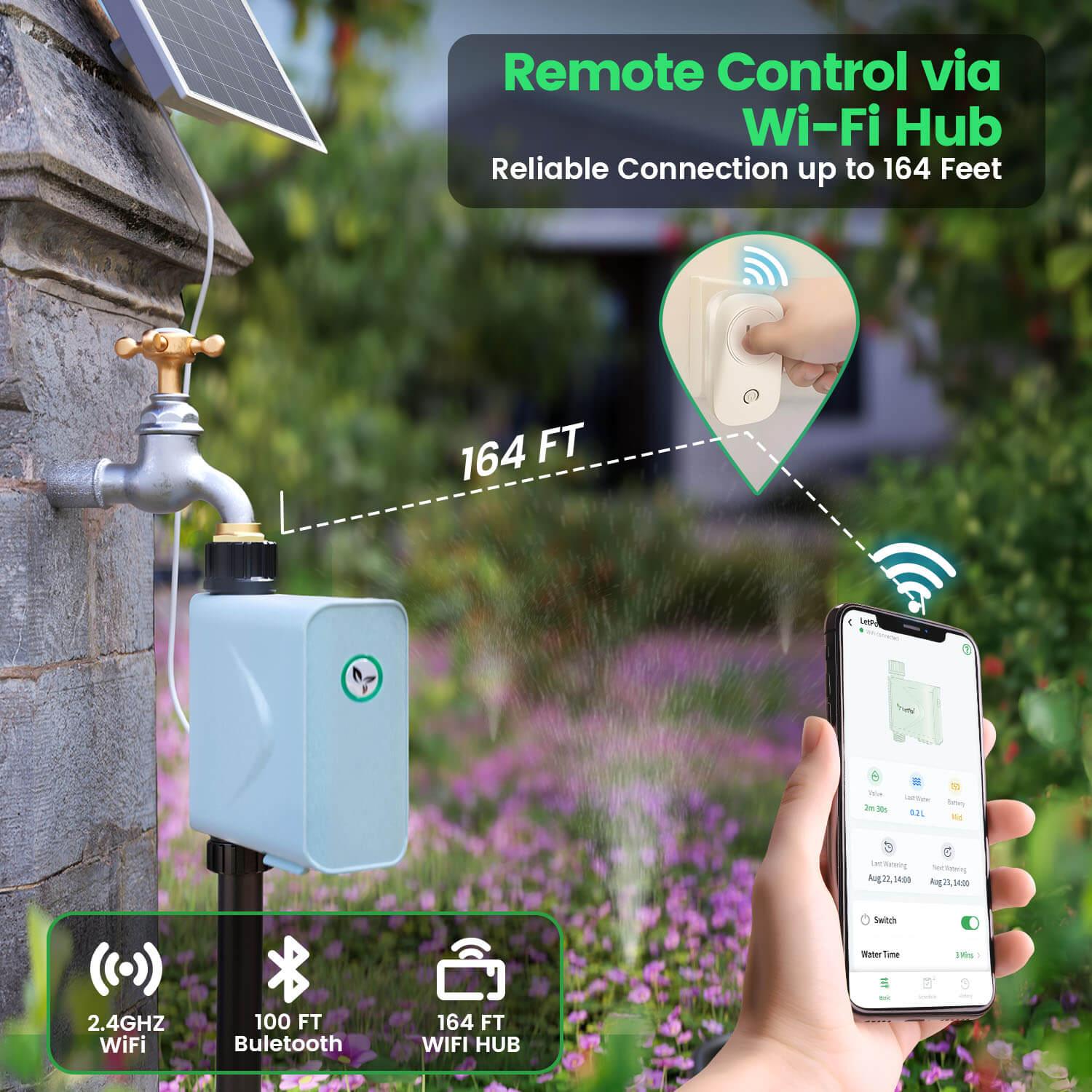

Leave a comment
All comments are moderated before being published.
This site is protected by hCaptcha and the hCaptcha Privacy Policy and Terms of Service apply.